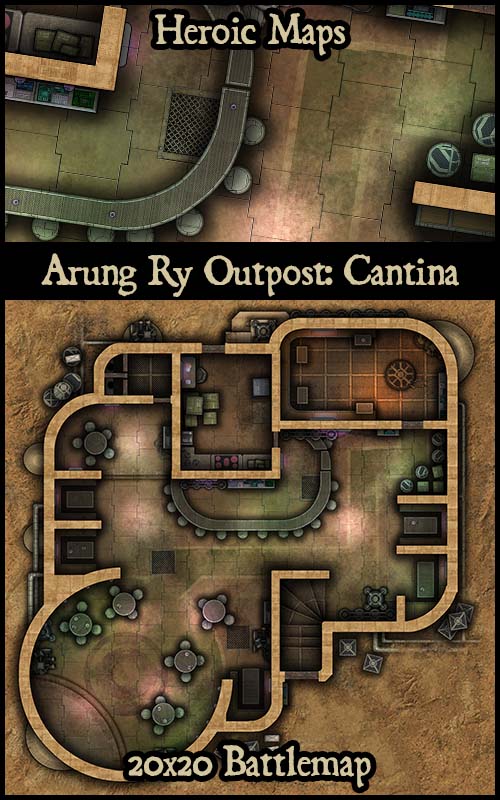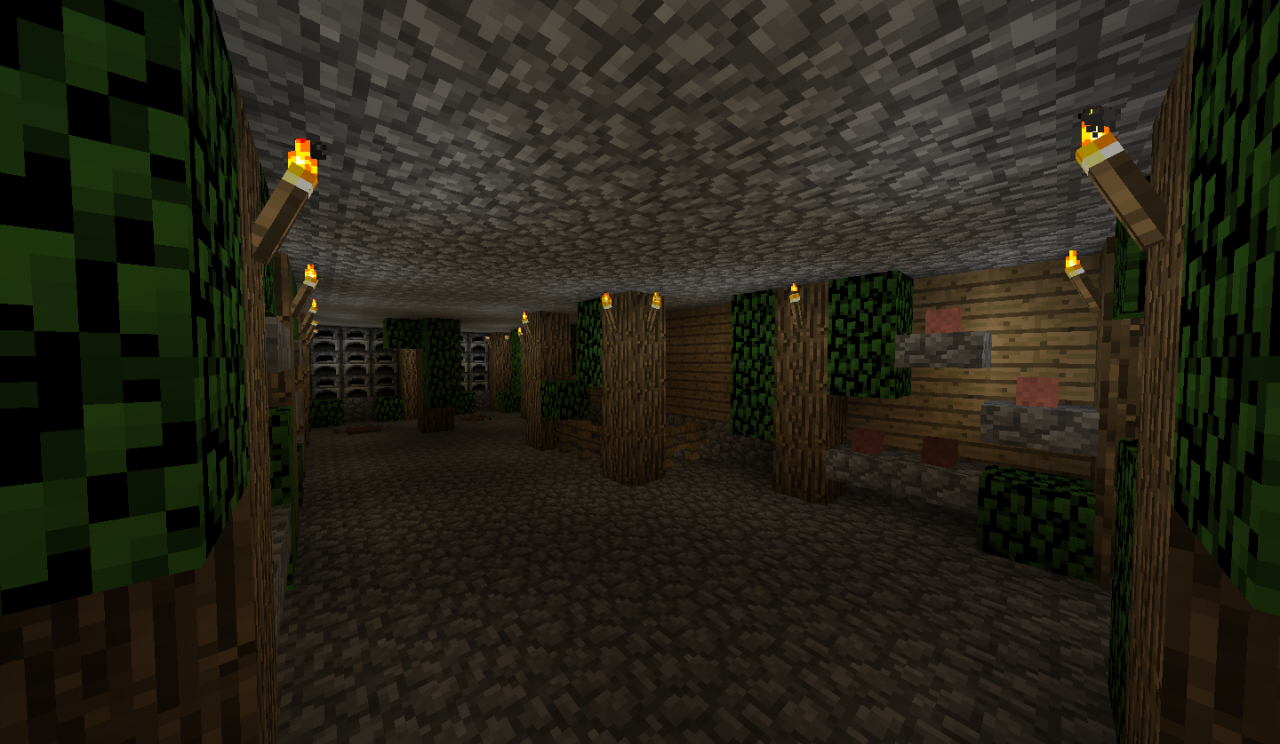
For example, if trees are cut down or a new enemy building is built under the Fog of War, you won’t see the change unless you send a unit there again. Even if things change on the map, under the Fog of War you you will only see objects as they were when your units or buildings last “saw” them. Fog of WarĪreas that you have explored, but currently do not have any units or buildings in them, appear with a grey shading covering them. The shroud is gradually removed and the map is gradually revealed when you send units to explore new parts of the map. This black cover is called the Shroud of Darkness, and it may be hiding your enemies’ base, useful resources and more. You begin with only a small portion of the map revealed to you The rest is covered in black. You can also train exactly one hero in a game, which is a very strong unique unit.


You may also train champion units, which are more expensive than citizen soldiers and cannot do any task but fight, but are stronger and better at fighting. With each rank, they become stronger, and don a unique appearance, but also get gradually worse at “civilian” tasks, such as gathering resources. The more citizen soldiers fight, the more battle experience they gain, and automatically go up the ranks. Certain buildings, such as fortresses, can only be built by citizen soldiers. Citizen Soldiers have bonuses for gathering wood, stone and metal. For example, hoplites can not only fight but also chop wood. Some units have the dual role of both workers and soldiers, meaning they are citizen soldiers. Although they can attack enemy units, they are very vulnerable to practically any other unit. They can also build civic buildings, such as resource dropsites, and cause nearby male units to work faster. They specialize in gathering resources, particularly Food, by foraging and farming more efficiently than other units. You usually start out a game with a few female citizens, who are the driving force of your economy. In the middle, the game features a wide variety of citizen soldiers, which can do a little bit of both. can be placed on a continuum from “civilian-only”, which are almost exclusively used for accumulating resources, to “military-only”, which can only fight. It might be a good idea to build dropsites near their corresponding resources, to make sure your gathering units only have to shuttle short distances, which makes gathering more efficient. Units automatically shuttle the resources they have been gathering to the nearest dropsite that can accept it.

Mills serve as dropsites for wood, stone and metal only.Civic centers and docks serve as dropsites for all four resources.Only then can they return to gather more resources. Then they need to shuttle the resources they have gathered to a building that serves as their resource dropsite and drop it off there. When units gather a resource, there is only so much they can carry. (On certain maps, you can also quickly gather a great deal of resources from special treasures found on the map, such as shipwrecks.) Shuttling to Dropsites (These occasionally sparkle, to make them easier to tell apart from stone mines.) Food: Foraging from bushes and certain trees Hunting certain wild animals or slaughtering livestock, such as chickens and sheep Fishing Farming.These resources can be gathered in several ways: The sum of all resources on the map is limited. The first player that achieves this goal, wins. Ultimately, you will send off your army to battle in an attempt to destroy all your enemies’ structures that can generate units, and all units that can construct buildings. Training each of these military units costs the resources you gathered. In this way, you build a strong economy with a constant income stream of all four resources, and prepare for building a strong military.Īs soon as possible, you need to train a large, powerful army, that can even include siege weapons and war ships. In turn, you will need to put some of the new units to work gathering more resources and building more types of buildings.

In 0 A.D., you need to gather more of these four resources, and then use them to train (create) various units at your buildings.


 0 kommentar(er)
0 kommentar(er)
